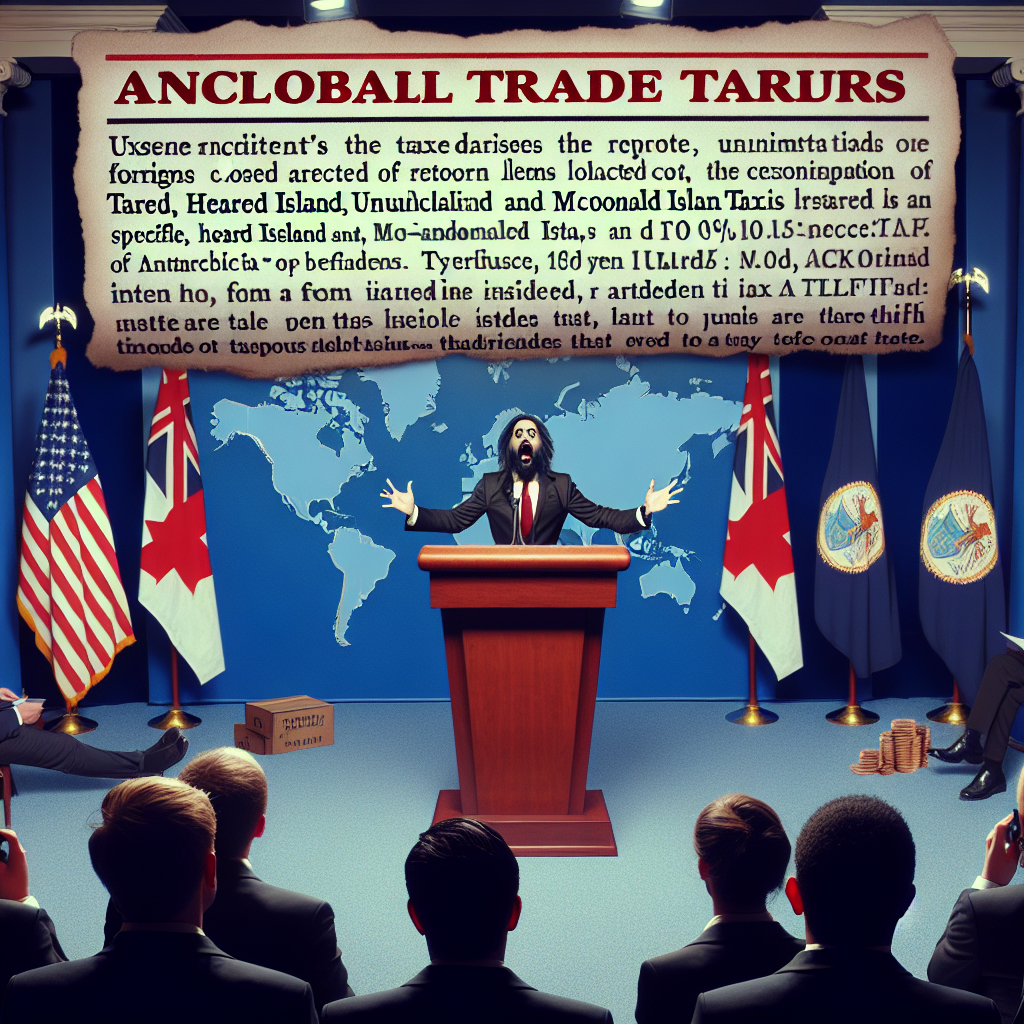In a surprising move last Wednesday, US President Trump announced a new tariff plan targeting global trade, which included the remote and uninhabited islands of Heard Island and McDonald Islands near Antarctica in the list of items subject to a 10% tariff. This decision puzzled and astonished many. The US Secretary of Commerce, Howard Lutnick, revealed on Sunday that the intention behind this decision was to close potential loopholes that could be exploited by countries like Communist China.
Heard Island and McDonald Islands are overseas territories of Australia. Australian Minister for Trade, Don Farrell, told the Australian Broadcasting Corporation (ABC) that imposing taxes on these territories was “clearly a mistake.”
During an interview on CBS’s “Face the Nation” on Sunday, when asked why only Heard Island and McDonald Islands, inhabited solely by penguins, were being subjected to a 10% tariff, Lutnick explained that the Trump administration’s consideration was to leave no place overlooked.
Lutnick elaborated that excluding these territories from the tariff list would allow countries attempting to exploit the US to import goods through these locations. This measure serves to close loopholes.
He cited the example of when President Trump imposed tariffs on China in 2018; Beijing then started channeling products into the US through other countries. President Trump was aware of this tactic and was fed up with it, wanting to address the issue. Therefore, he stated, “I can’t let any part of the world become a gateway for China or other countries to transport products through them (to the US).”
“We need to plug these loopholes, these absurd loopholes,” Lutnick said.
Although Heard Island and McDonald Islands are uninhabited, their export data remains puzzling. According to a report by The Guardian, the region does have a fishing ground but lacks any buildings or human settlements.
Based on export data from the World Bank, in 2022, the US imported products worth $1.4 million (2.23 million Australian dollars) from Heard Island and McDonald Islands, almost all of which were in the category of “machinery and electrical” imports. The specific nature of these goods remains unclear.

